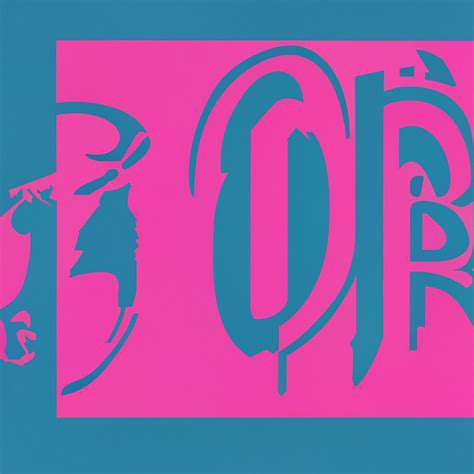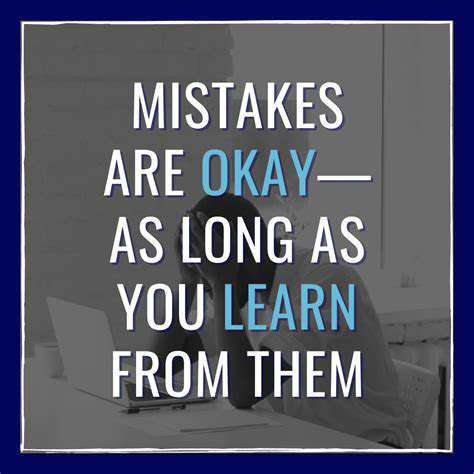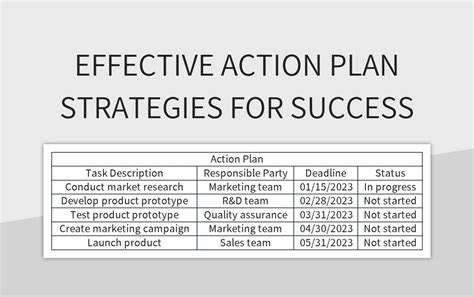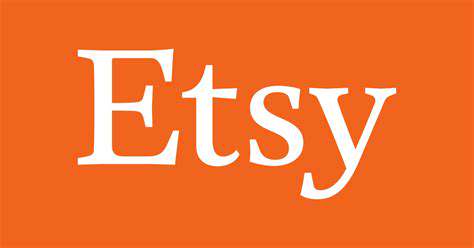Guide to Learning Graphic Design Fundamentals
Understanding the Fundamentals of Visual Communication
Graphic design is fundamentally about communicating ideas and information visually. Understanding the principles of visual communication, such as balance, contrast, emphasis, and rhythm, is crucial for creating effective and engaging designs. These principles dictate how elements are arranged and interact on a page, influencing how the viewer perceives and interprets the message. A strong grasp of these fundamentals forms the bedrock of any successful design project, enabling designers to craft visual narratives that resonate with their audience.
Visual hierarchy, a key component of visual communication, dictates how elements are prioritized in a design. By strategically employing size, color, and placement, designers can guide the viewer's eye to specific focal points, ensuring that the most important information is seen first. This intentional visual hierarchy enhances the overall clarity and impact of the design.
Mastering Color Theory and its Applications
Color plays a vital role in graphic design, influencing mood, evoking emotions, and communicating brand identity. Understanding color theory, including the color wheel, color harmonies, and color psychology, is essential for selecting effective color palettes. A well-chosen color palette can significantly impact the overall aesthetic and emotional response of a design, enhancing its effectiveness and memorability.
Color contrast is a critical aspect of color theory. High contrast between colors ensures readability and visibility, especially for text and other important elements. Conversely, low contrast can make elements difficult to discern, leading to a less effective and potentially confusing design.
The Power of Typography in Design
Typography, the art and technique of arranging type, is a crucial element in graphic design. Choosing the right typeface, font size, and line spacing can significantly impact the readability, visual appeal, and overall message of a design. A well-chosen typeface can convey specific emotions, evoke a particular mood, or reflect the brand identity of a company or project.
Typography is more than just selecting a font; it's about understanding the interplay between different typefaces, sizes, and weights to create a cohesive and aesthetically pleasing visual experience. Proper spacing and kerning techniques contribute to the readability and visual appeal of the text, enhancing the overall impact of the design.
Composition and Layout Strategies for Visual Impact
Effective composition is essential for creating visually engaging and well-structured designs. Understanding principles like the rule of thirds, negative space, and symmetry enables designers to arrange elements in a way that is visually appealing and easy to understand. By strategically placing elements within the design space, designers can direct the viewer's eye and create a sense of visual flow.
Careful consideration of layout is crucial for guiding the viewer's eye through the design. A well-organized layout ensures that elements are presented in a logical and accessible manner. Employing grid systems and modular layouts can significantly improve the overall visual structure and consistency of a design, enhancing its clarity and impact.
Importance of Visual Hierarchy and Focal Points
Visual hierarchy is a fundamental principle in graphic design, emphasizing the importance of guiding the viewer's eye to specific elements. By strategically using size, color, and placement, designers can create focal points that draw attention to key information and messages. A clear visual hierarchy ensures that the most important elements are seen first, enhancing the overall clarity and effectiveness of the design.
Creating visual focal points is a key aspect of visual hierarchy. Through the use of contrast and emphasis, designers can highlight key elements, ensuring that the viewer's eye naturally gravitates towards those areas of the design. This strategic placement of focal points contributes to a more engaging and effective design experience.
Mastering Typography: The Art of Visual Communication

Choosing the Right Font
Font selection is crucial for conveying the intended message and creating a visually appealing design. Different fonts evoke different emotions and perceptions. A serif font, like Times New Roman, often suggests tradition and sophistication, while a sans-serif font, like Arial, conveys a modern and clean aesthetic. Consider your target audience and the overall tone of your project when making font choices. Selecting a font that complements the content and branding is essential for a cohesive and impactful design.
Font Size and Hierarchy
Using a variety of font sizes creates visual hierarchy and guides the reader's eye through the content. A larger font size for headings and titles draws attention to important information, while smaller fonts for body text promote readability. Consider the font size in relation to the line height to ensure comfortable reading. Properly scaling fonts is critical for creating a design that is not only visually appealing but also easy to digest for the reader.
Line Height and Letter Spacing
Line height, also known as leading, refers to the space between lines of text. Adjusting line height can significantly impact readability. A larger line height can enhance readability, especially for long paragraphs. Conversely, a tighter line height can create a more compact and visually dense design. Letter spacing, or kerning, adjusts the space between individual characters. Careful kerning can improve the visual appeal and readability of text.
Color and Contrast
Color plays a significant role in typography, impacting the overall mood and readability of the text. Selecting colors that offer sufficient contrast between the text and background is essential for legibility. Poor color choices can make text difficult to read, leading to a poor user experience. Consider the color psychology associated with different hues when selecting colors for your typography. Using color effectively can greatly enhance the overall impact of your design.
Whitespace and Alignment
Whitespace, the empty space around and within text, is just as important as the text itself. Effective use of whitespace can enhance readability and create visual balance. Consider using appropriate margins, padding, and spacing around text elements to create a clear and organized layout. Alignment also plays a crucial role in setting the visual tone of your design. Choosing the right alignment (e.g., left, right, center, justified) can impact the overall aesthetic and readability of your typography.
Tools and Resources for Your Graphic Design Journey

Essential Graphing Software
Choosing the right graphing software is crucial for visualizing data effectively. Many options are available, catering to various needs and skill levels. From basic plotting tools to sophisticated statistical packages, the selection process can be overwhelming. Consider factors like the type of graphs you need to create, the complexity of your data, and your budget. A simple tool might suffice for basic line charts, while more advanced software is required for intricate 3D models and complex statistical analyses. Free options are often available for educational purposes and basic needs, while paid options provide more features and support. Free options are a viable option for many, but if your data analysis is extensive, a more comprehensive platform may be worth the investment.
Several reputable software packages provide comprehensive graphing capabilities. These tools often include extensive customization options, allowing you to fine-tune the appearance and presentation of your graphs to meet specific design requirements. Explore the features and functionalities of each program to ensure it aligns with your needs and workflow. Consider whether the software integrates with other data analysis tools you already use. This integration can streamline your workflow, preventing data duplication and errors. This can significantly impact your overall efficiency. Consider the learning curve associated with each software option and select one that suits your technical proficiency.
Data Visualization Resources
Beyond dedicated graphing software, numerous online resources offer valuable support and guidance. Websites and tutorials provide step-by-step instructions, helping you master different graphing techniques. Many platforms provide interactive examples and downloadable templates for various graph types. Learning from these resources can accelerate your understanding of graph design principles.
Understanding the principles of effective data visualization is paramount for conveying information clearly and compellingly. Numerous online articles and blog posts explore best practices in data visualization, providing insights into choosing the right chart type and optimizing visual appeal. These resources can significantly enhance your ability to effectively communicate complex data through visual representations. The more you familiarize yourself with these resources, the more adept you will become at crafting informative and engaging graphs. Explore a variety of resources to find the best fit for your specific needs.
In addition to online resources, consider attending workshops or webinars focused on data visualization. These sessions often offer practical exercises and expert guidance, allowing you to refine your skills and apply your knowledge effectively. This can be a valuable opportunity to learn from experienced professionals and network with others interested in data visualization.
Read more about Guide to Learning Graphic Design Fundamentals
Hot Recommendations
- How to Stay Productive While Working Remotely
- Tips for Managing Conflict with Coworkers
- Entrance & Certification Exams (升学考试)
- How to Improve Your Storytelling Skills (Speaking)
- How to Find Profitable Side Hustles
- Tips for Preparing for the TOEFL iBT Home Edition
- Guide to Switching Careers from [Industry A] to [Industry B]
- How to Run an Effective Hybrid Meeting
- Tips for Marketing Your Side Hustle on Instagram





![Best Resume Action Verbs for [Specific Industry]](/static/images/32/2025-05/ElevatingYourCommunication26PresentationSkills.jpg)





